The End Of The Fucking World série
Extraits
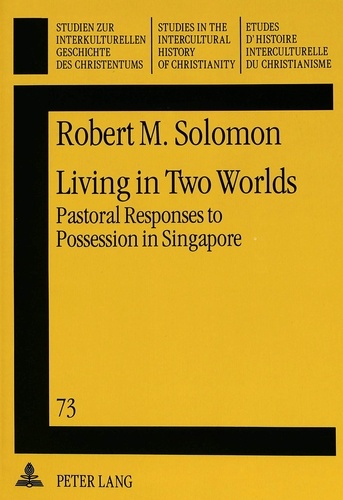
Non classé
Living in Two Worlds
05/1994
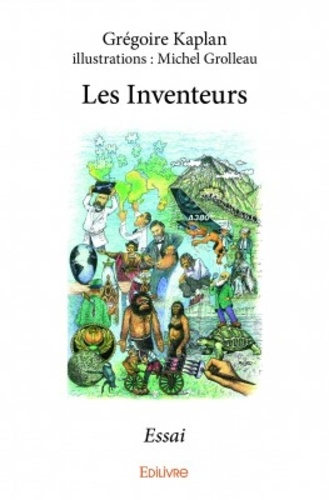
Littérature française
Les inventeurs. Essai
02/2017
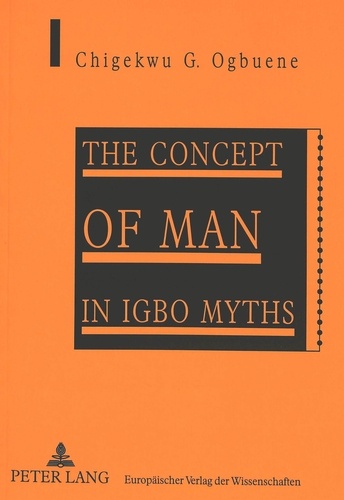
Non classé
The Concept of Man in Igbo Myths
11/1999
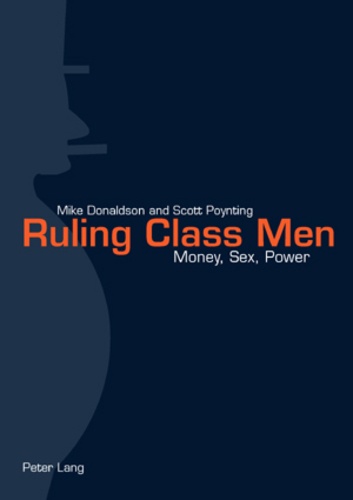
Non classé
Ruling Class Men
02/2007
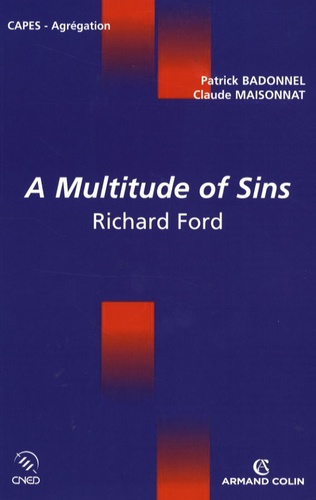
Anglais apprentissage
A multitude of Sins. Richard Ford
11/2007
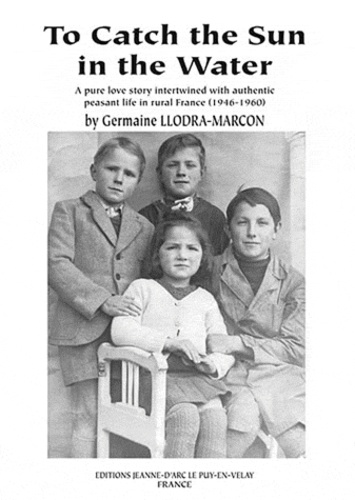
Critique littéraire
To catch the sun in the water
07/2001

Histoire et Philosophiesophie
The Undergrowth of Science. Delusion, self-deception and human frailty
01/2000
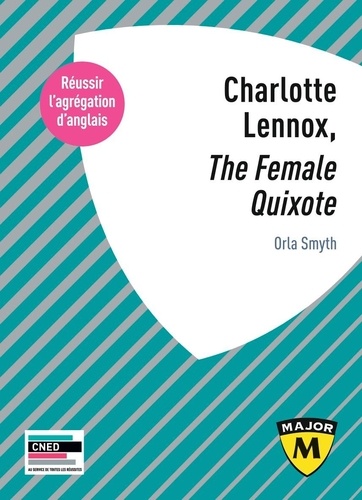
Divers
Charlotte Lennox, "The Female Quixote". Agrégation d'anglais, Edition 2024-2025
11/2023
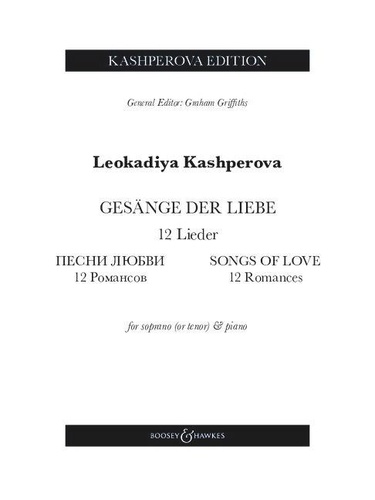
Musique classique
Songs of Love. 12 Romances. 12 Lieder. Soprano (tenor) and piano.
12/2023

Divers
Dirty Panties (English Edition)
01/2024

Histoire internationale
One Artist on Five Continents
12/2011

BD tout public
I am GooGol - The Great Invasion
12/2010
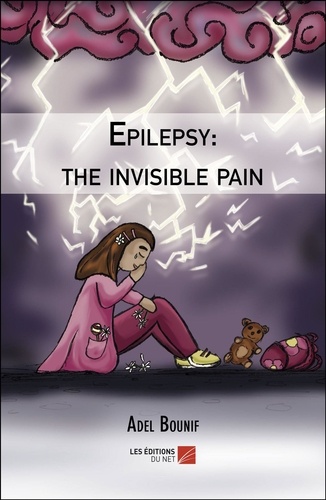
Poésie
Epilepsy: the invisible pain
01/2019
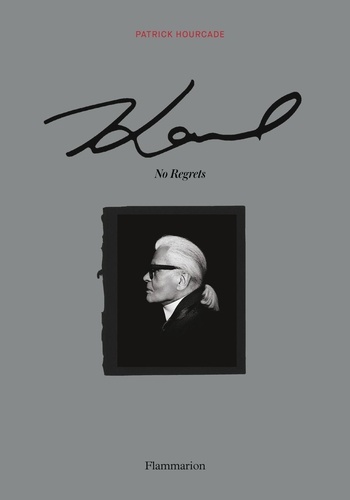
Monographies
Karl. No Regrets
10/2021
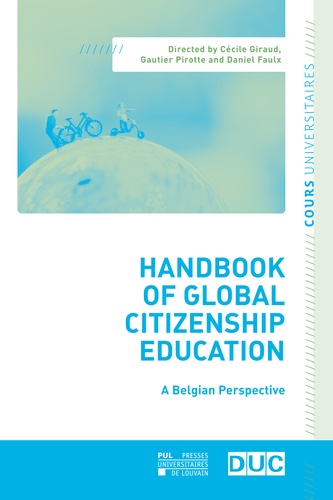
Sociologie
A Handbook of Global Citizenship Education. The Belgian perspective
01/2023
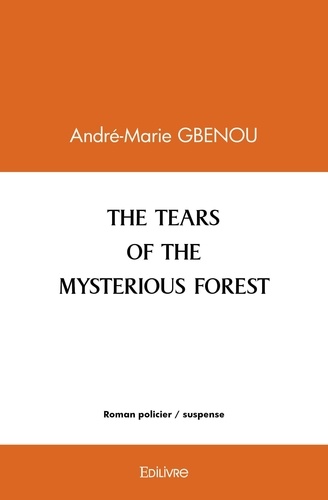
Romans policiers
The tears of the mysterious forest
12/2021

Religion jeunesse
The beautiful dolls of Julia are getting married. Numéro 22
10/2018

Religion jeunesse
The beautiful dolls of Julia are celebrating the assumption of the blessed virgin Mary. Numéro 15
05/2019
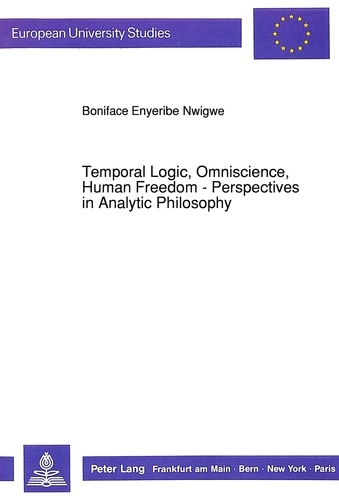
Non classé
Temporal Logic, Omniscience, Human Freedom - Perspectives in Analytic Philosophy
09/1991
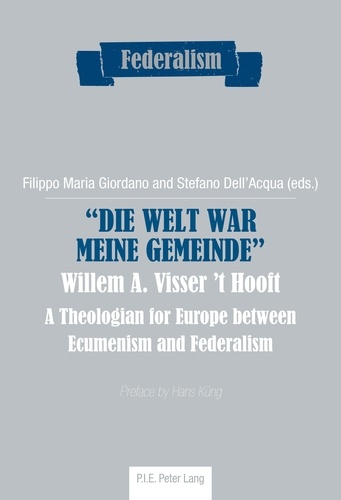
Histoire de France
«Die Welt war meine Gemeinde»- Willem A. Visser ’t Hooft. A Theologian for Europe between Ecumenism and Federalism
12/1985
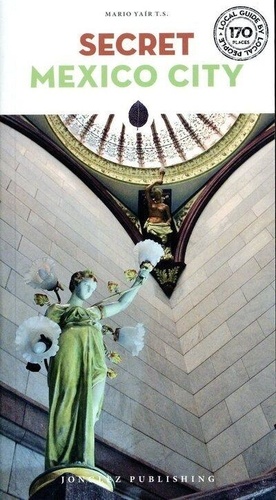
Mexique
Secret Mexico City
02/2024

Histoire et Philosophiesophie
Thinking about Physics
01/2000
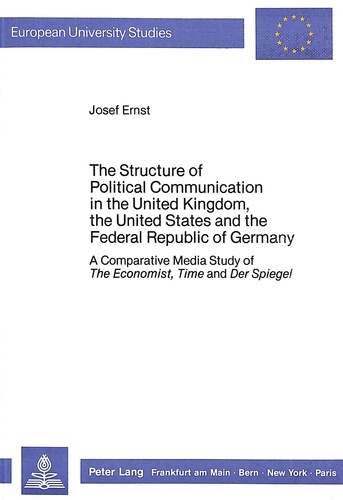
Sciences politiques
The Structure of Political Communication in the United Kingdom, the United States and the Federal Republic of Germany
11/1987
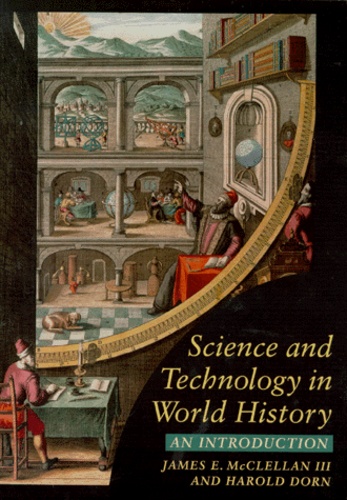
Histoire et Philosophiesophie
SCIENCE AND TECHNOLOGY IN WORLD HISTORY. An introduction
01/1999
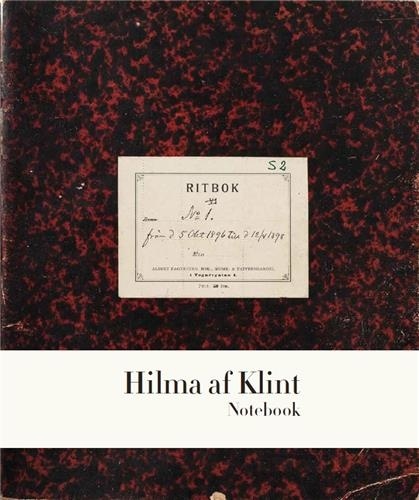
Monographies
Hilma af Klint. The Five Notebook 1
01/2022
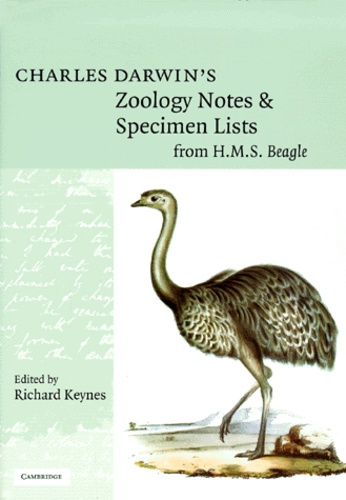
Histoire et Philosophiesophie
Charles Darwin's Zoology Notes & Specimen Lists from H.M.S. Beagle
01/2000
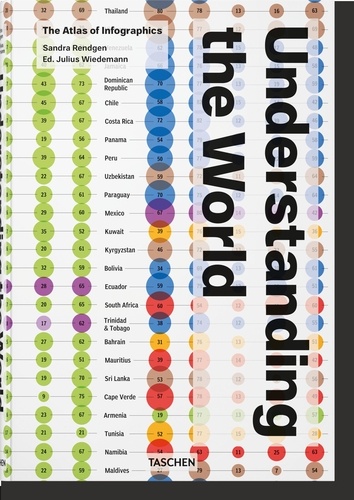
Graphisme
Understanding the World. The Atlas of Infographics
08/2023

Histoire internationale
Accomplices
06/2011
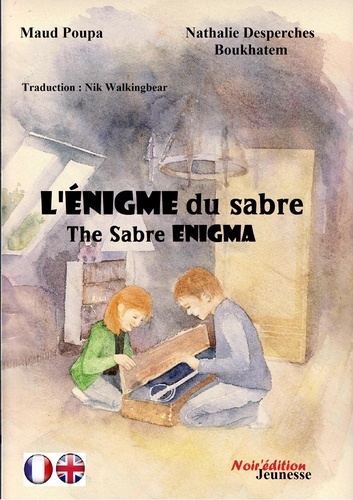
Lecture 6-9 ans
L'énigme du sabre. Edition bilingue français-anglais
06/2018
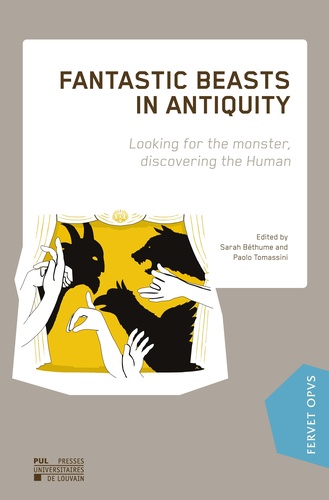
Archéologie
Fantastic Beasts in Antiquity. Looking for the monster, discovering the Human, Textes en français et anglais
02/2021
